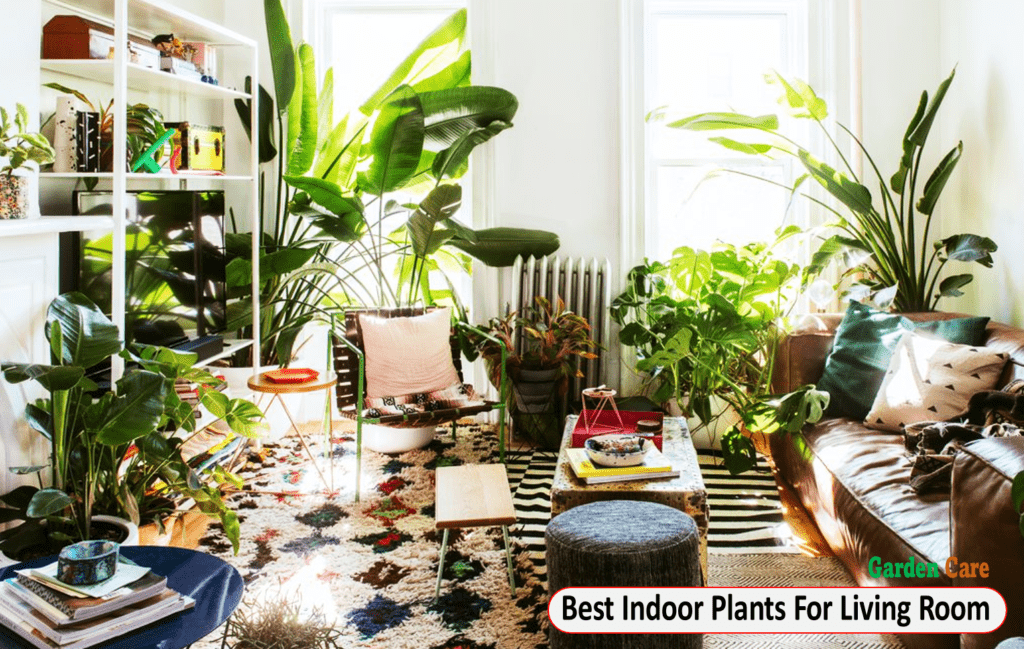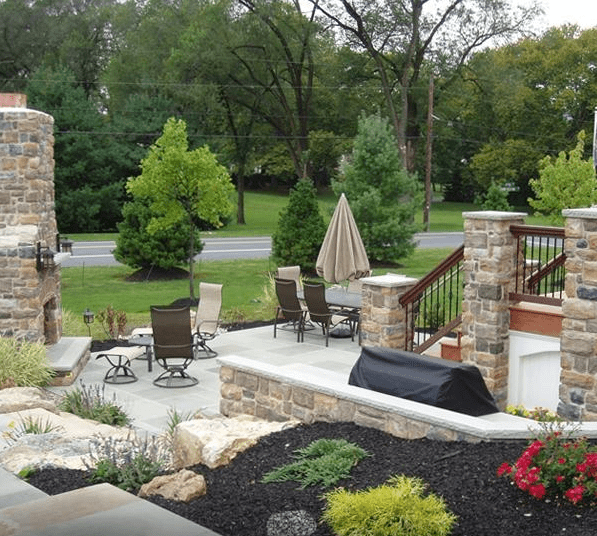Dos And Don’Ts of Vegetable Gardening: Dos of vegetable gardening include choosing the right location and soil, planting at the correct time, watering consistently, and using organic fertilizers. Don’ts involve over-fertilizing, planting too closely, neglecting pest control, and letting weeds take over.
Embarking on a vegetable gardening journey can be rewarding and challenging for beginners and experienced gardeners alike. With the potential to harvest your fresh produce and enjoy the satisfaction of nurturing plants from seed to table, understanding the dos and don’ts of vegetable gardening is essential for success.
Following some basic guidelines and avoiding common pitfalls, you can create a thriving vegetable garden that yields a bountiful harvest season after season.
[ez-toc]

Choosing The Right Location
Choosing the right location for your vegetable garden is crucial for a successful harvest. The right conditions will ensure your plants thrive and yield the best. Here are some dos and don’ts to consider when selecting the perfect spot for your vegetable garden:
Sunlight And Shade
- Do: Choose a location that receives at least 6-8 hours of direct sunlight daily.
- Don’t: Place your vegetable garden in a heavily shaded area, which can hinder plant growth and productivity.
Soil Quality
- Do: Test the soil in your chosen location for pH levels and nutrient content to ensure it is suitable for growing vegetables.
- Don’t: Set up your garden in compacted or waterlogged soil, which can lead to poor drainage and unhealthy plants.
Selecting The Best Vegetables
Selecting the Best Vegetables for your garden is crucial for a successful harvest. Understanding Your Climate and Considering Your Preferences play significant roles in this process.
Understanding Your Climate
Before planting, research your climate to choose vegetables suitable for your region.
Considering Your Preferences
Select vegetables you and your family enjoy eating for a satisfying harvest.
Preparing The Soil
Preparing the soil is a crucial step in successful vegetable gardening. The soil’s condition directly affects your plants’ growth and production. This section will discuss two important aspects of soil preparation: testing and amending soil and creating raised beds.
Testing And Amending Soil
Before you start planting your vegetables, you must test your soil for its composition and nutrient levels. This will help you understand any deficiencies or imbalances that must be addressed. You can conduct a soil test using a soil testing kit or by sending a sample to a lab for analysis.
Once you have the results, it’s important to amend the soil accordingly. Adding organic matter such as compost or well-rotted manure can improve the soil structure, moisture retention, and nutrient-holding capacity. Additionally, incorporating organic matter helps with the drainage of heavy clay soils and enhances water retention in sandy soils.
You may also need to make specific amendments to adjust the pH level based on the soil test results. Certain plants prefer acidic soil, while others thrive in alkaline conditions. Adjusting the pH to the appropriate level ensures that your vegetables can access the nutrients they need for optimal growth.
Creating Raised Beds
Creating raised beds for your vegetable garden offers several advantages. You have more control over the soil quality and drainage. Raised beds also provide better opportunities for weed control and pest management. Building raised beds is relatively simple and can be done with untreated wood, bricks, or concrete blocks.
The size of your raised bed is crucial, as it should allow easy access to all areas for planting, weeding, and harvesting. A width of 3-4 feet is ideal, with a length depending on the available space. Remember that you should be able to comfortably reach all plants from either side of the bed.
Once your raised beds are in place, fill them with a well-prepared soil mixture. Your soil test recommends that this mixture consist of nutrient-rich compost, topsoil, and other amendments. Regularly replenish the soil with compost or organic matter to maintain its fertility.
| DOs | DON’Ts |
|
|
Planting And Maintenance
When establishing a successful vegetable garden, mastering the art of planting and maintenance is crucial. From seedling to harvest, understanding the dos and don’ts of this stage will pave the way for a productive and rewarding gardening experience.
Spacing And Depth
Proper spacing and depth are fundamental aspects of successful vegetable gardening. Each plant has unique requirements, so adhering to the recommended guidelines is essential. Ideally, an accurate understanding of the plant types and their specific spacing needs can provide the necessary environment for healthy growth. For instance, leafy greens generally require approximately 4-6 inches of space between plants, while tomatoes may need a distance of 18-24 inches. Maintaining the appropriate depth while planting seeds or seedlings is vital to foster strong root development and optimal nutrient absorption. Conduct thorough research on each vegetable type to maintain proper spacing and depth for abundant yields.
Watering And Fertilizing
Watering and fertilizing are essential elements of vegetable garden maintenance. Consistent and adequate watering is vital for plant health, especially during the initial stages of growth. Overwatering can lead to root rot, while underwatering can cause stunted growth. Utilizing a soaker hose or drip irrigation system can provide efficient and targeted watering, reducing the risk of water-related issues. Furthermore, appropriate fertilization, whether organic or synthetic, is necessary to replenish soil nutrients and support robust growth. Regular soil testing can determine the specific nutrient needs of the plants, ensuring they receive the necessary nourishment for thriving development.
Pest And Disease Management
When it comes to maintaining a healthy vegetable garden, proper pest and disease management is crucial. You can naturally protect your plants by learning how to identify common pests and implementing organic solutions. Let’s delve into some essential dos and don’ts of pest and disease management.
Identifying Common Pests
- Inspect plants frequently for signs of pest damage.
- Look for common culprits like aphids, caterpillars, and snails.
- Identify pests by their physical characteristics and the damage they cause.
- Utilize online resources for pest identification if needed.
Implementing Organic Solutions
- Introduce beneficial insects like ladybugs to control pests naturally.
- Use neem oil or insecticidal soap as organic pest control options.
- Practice crop rotation to reduce the risk of recurring pest infestations.
- Cultivate companion plants that repel pests and attract beneficial insects.

Harvesting And Storage
When it comes to vegetable gardening, understanding the dos and don’ts of harvesting and storage is crucial for enjoying the fruits of your labor and minimizing waste. Properly harvesting your vegetables at their optimal time and employing appropriate storage techniques can help maintain freshness and nutritional value. Here are the dos and don’ts for successful vegetable harvesting and storage.
Optimal Harvest Times
Harvesting vegetables at the right time ensures peak flavor and nutritional content. Timing your harvest appropriately can positively impact the taste and quality of your produce. Here are some general guidelines for optimal harvest times of common vegetables:
- Tomatoes: Harvest when firm and fully colored, but before they become too soft.
- Lettuce: Pick the outer leaves when young and tender before they become bitter.
- Carrots: Harvest when they reach the desired size and color, usually between 1 to 1.5 inches in diameter.
- Zucchini: Pick when they are 6 to 8 inches long and have a glossy skin.
Proper Storage Techniques
After harvesting, employing appropriate storage techniques can help prolong the shelf life of your vegetables. Proper handling and storage conditions are essential to maintain freshness and prevent spoilage. Follow these best practices for vegetable storage:
- Keep it cool: Most vegetables thrive in a cool, dark, and well-ventilated environment. Store them in the refrigerator or a root cellar for optimal freshness.
- Avoid moisture: Excess moisture can lead to mold and spoilage. Pat dry your harvested vegetables before storage and avoid storing wet produce.
- Use breathable containers: Opt for containers that allow air circulation to prevent condensation and maintain vegetable quality.
Frequently Asked Questions On Dos And Don’ts Of Vegetable Gardening
What Not To Do In A Vegetable Garden?
To ensure success in your vegetable garden, avoid these common mistakes: neglecting proper watering, overcrowding plants, forgetting to mulch, overlooking pest control, and failing to rotate crops each season. Following these guidelines will help you have a thriving and fruitful garden.
What Vegetables Should Not Be Planted Next To Each Other?
Avoid planting tomatoes near potatoes, peppers near beans, and onions near peas in your vegetable garden. These combinations can lower yields and increase vulnerability to diseases and pests. For a more comprehensive list of incompatible vegetables, consult a companion planting guide.
What Are The Dos And Dons Ts In The Garden?
Do’s in the garden: Regular watering, proper pruning, use organic fertilizers, following planting guidelines, protect from pests. Don’ts in the garden: Overwatering, neglecting to weed, using chemical pesticides excessively, planting invasive species, overcrowding plants.
What Are 5 Things You Should Do To Prepare A Good Veggie Garden?
To prepare a good veggie garden, start by choosing a sunny spot, testing soil, planning layout, selecting proper veggies, and providing adequate water and nutrients. Good soil, sun exposure, and proper care are key to a successful vegetable garden.
What Are The Basic Dos And Don’ts Of Vegetable Gardening?
Regularly provide adequate sunlight and water for a successful vegetable garden and avoid over-fertilizing your plants.
How Often Should I Water My Vegetable Garden?
Water your vegetable garden deeply once or twice a week, depending on the weather and soil moisture.
Conclusion
Incorporating these dos and don’ts will lead to a flourishing vegetable garden. Remember, proper planning and care are essential for successful gardening. You can enjoy a bountiful harvest with patience and dedication while nurturing a connection to nature. Start your gardening journey today and watch your green thumb flourish.


